By Jim Roberts
When most people think about electric aircraft, they think about batteries. But according to the folks at VerdeGo Aero, “Batteries are great at delivering power in short bursts, but they are not good at storing energy. Batteries simply can’t carry enough energy to give electric aircraft the range and endurance they need to meet FAA and EASA reserve requirements.”
VerdeGo has an answer to that challenge: hybrid electric powerplants. Founded in 2017 by Eric Bartsch, Dr. Pat Anderson, and Erik Lindbergh, the company’s products enable production of aircraft that combine electric-powered motors with liquid-fueled engines. The concept is much like a hybrid automobile, switching between a liquid-fueled powerplant and an electric motor, depending on the propulsion requirements in a given phase of flight.
The company says their powerplants work in parallel with a much smaller battery pack than would be required if the battery was the only energy source. The engines deliver conventional liquid-fueled power for the cruise phase of flight, in combination with batteries, powered from a generator, which provide a power boost for VTOL or hover operations.

The company’s latest prototype, the VH-4T, uses the Pratt & Whitney 206/PW207 engine series, powering a generator producing 400 kilowatts (536 hp). This powerplant is designed for a wide array of applications for commercial and military markets.
I spoke with one of the company’s co-founders and chief technical officer, Dr. Pat Anderson, a Ph.D. engineering professor at Embry-Riddle Aeronautical University, and he described a vision for the future: After the first generation of propeller powerplants, followed by the second generation of jets, Pat said we’re entering a third generation of electric propulsion, and VerdeGo plans to be a major contributor.
Initially, the company’s products will power small air taxis and cargo drones, but Pat said the military aspires to someday field cargo transports as large as a C-17, employing high-torque electric rotors for vertical takeoff and landing, then transitioning to liquid-fueled propulsion for Mach 0.8 cruise speeds. Think of a V-22 Osprey on steroids. Pat observes that a good deal of design ingenuity will be needed to stow and streamline the rotors for high-speed cruise.
Piper Moeller, a project engineer at VerdeGo, said, “We have a realistic product, and we are very grounded in how we approach business. Seeing how the industry is changing in terms of what the mission profiles are looking like for longer missions and extended missions in different locations, I think that these powerplants are the perfect solution to that.”

